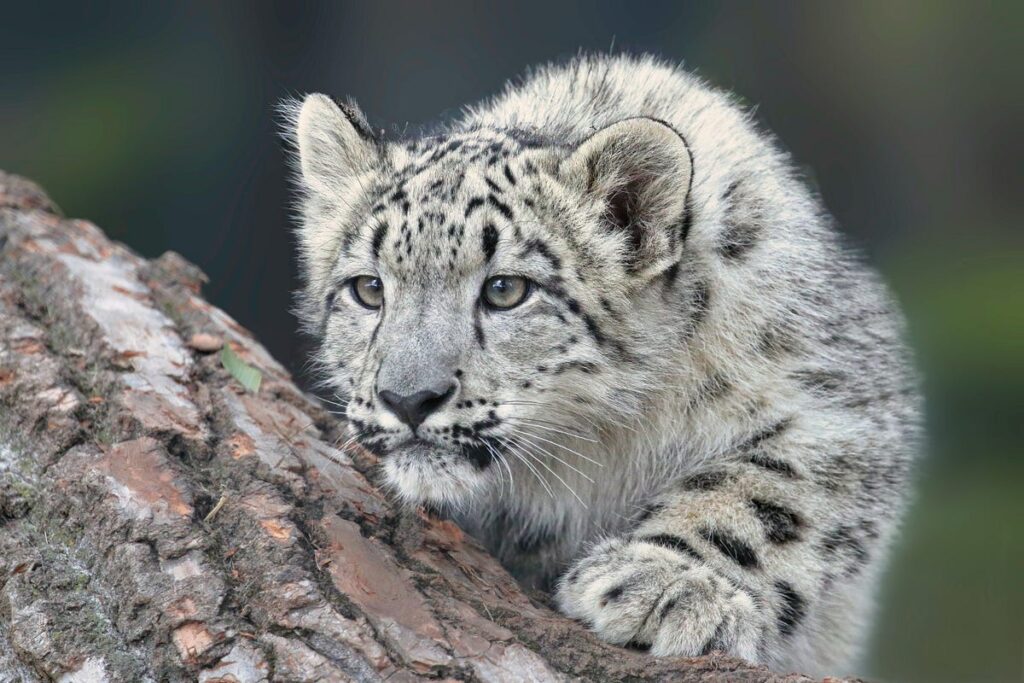Bhutan’s snow leopard population increased by 39.5% since 2016, according to a new survey implemented by the Royal Government of Bhutan’s Department of Forests and Park Services with support from WWF-Bhutan and partners. Findings from over 10,000 camera trap images confirmed the presence of 134 snow leopards in the country, an impressive jump from the baseline of 96 snow leopards in 2016.
The nation’s National Snow Leopard Survey 2022-2023 shows promising evidence that Bhutan’s conservation efforts positively impact snow leopard populations and that their habitat in the alpine mountain ecosystem is healthy. The survey involved 310 camera traps across 2.2 million acres of the big cat’s range.


“With less than 3% of the range surveyed, there are serious knowledge gaps in the population status of snow leopards,” said Dechen Dorji, Senior Director of Asia Wildlife Conservation, WWF-US. “A 39.5% increase in Bhutan’s snow leopard population is remarkable and calls for the urgent need to scale the population assessment efforts across the range. These magnificent creatures deserve our continued vigilance and protection from poaching, habitat destruction, and conflict with people. Finding effective co-existence measures, between local communities and snow leopards, and mobilizing resources at scale must continue to be our top priorities.”
Although the news confirms Bhutan as a snow leopard stronghold and source population for neighboring range countries, the species is still listed as ‘vulnerable’ by the International Union for Conservation of Nature (IUCN) and is globally threatened by habitat degradation, prey depletion, conflicts with humans, and the climate crisis. Snow leopards need continued protection and interventions to address these threats, which also affect the other wildlife in their habitat.
Source : World Wild Life


